December 14, 2023
Our Favorite Conservation Photos of 2023
Join us in celebrating the most amazing sights from around the world by checking out these fantastic conservation photos!
Published on
January 4, 2015
Written by
wes
Photo credit
wes
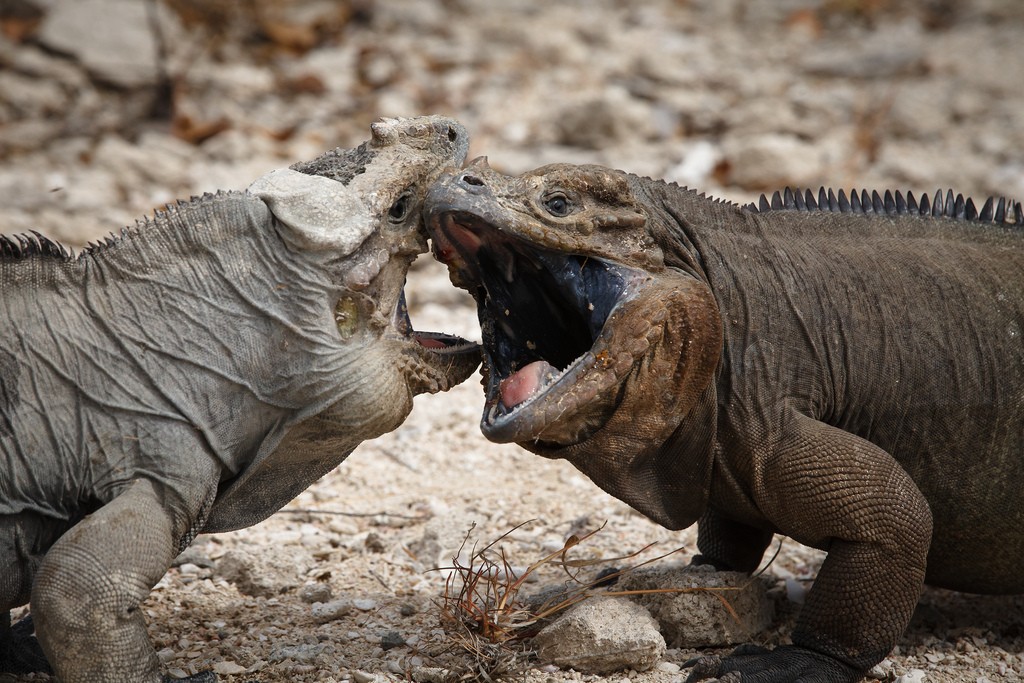
Cabritos Island is a 1,593 hectare island located within Lago Enriquillo, a saltwater lake forty-four meters below sea level in the western Dominican Republic. The lake is the lowest point in the Caribbean and the largest lake in the insular Caribbean. The island is made up of ancient seabed; fossilized coral and seashells cover the ground in some places. The area is reputed to be the hottest and driest part of the country.
Cabritos Island is home to two species of iguana: the Critically Endangered Ricord’s Iguana and the Vulnerable Rhinoceros Iguana. Invasive species present on the island, including feral cats and burros, threaten iguana populations by eating their young, destroying iguana nests, and damaging critical habitat.
You can join us today in removing every last invasive predator from this fantastic island to protect the threatened iguanas, and restore the islands natural systems! Together, the DR’s , Island Conservation, and SOH Conservation are leading the charge to rid Cabritos Island and it’s iguanas of invasive species—but we can’t do it without you!
Our goal is to raise $22,000 by February 1, 2016 to save the Critically Endangered Ricord’s Iguana and Vulnerable Rhinoceros Iguana. By continuing removal of invasive species from Cabritos Island. This funding will be put directly on the ground to purchase supplies and feed our Dominican field team as they battle the scorching temperatures, avoid the crocodiles, and remove invasive species—all to save these wondrous and wild iguanas who, without your help, could be lost forever. Over the next several months we’ll be reaching out to conservation heroes like you, the queens and “kings of all wild things”, to amplify this “wild rumpus”. You can join the campaign by donating directly (all gifts support the Cabritos Island Restoration Project or by becoming an ambassador for the campaign and sharing with your friends, family, and colleagues.
Check out other journal entries we think you might be interested in.
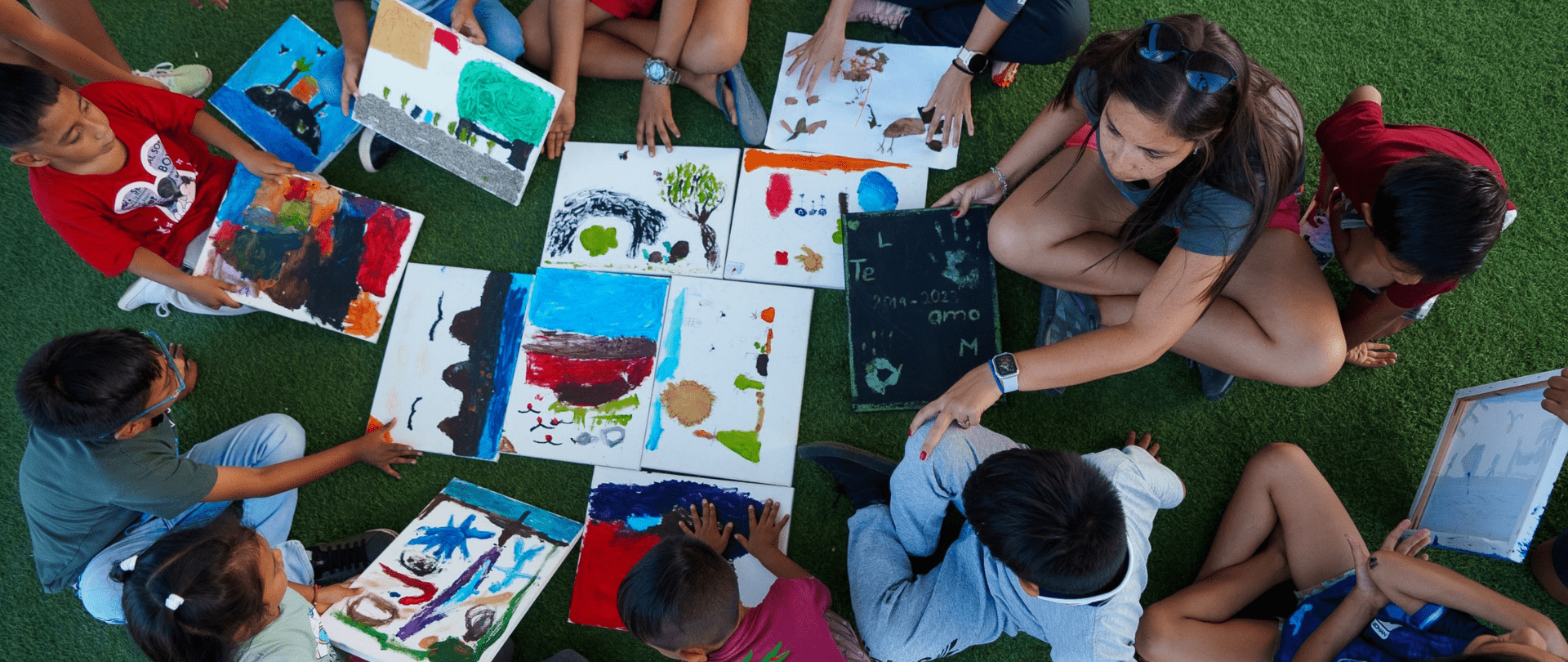
December 14, 2023
Join us in celebrating the most amazing sights from around the world by checking out these fantastic conservation photos!
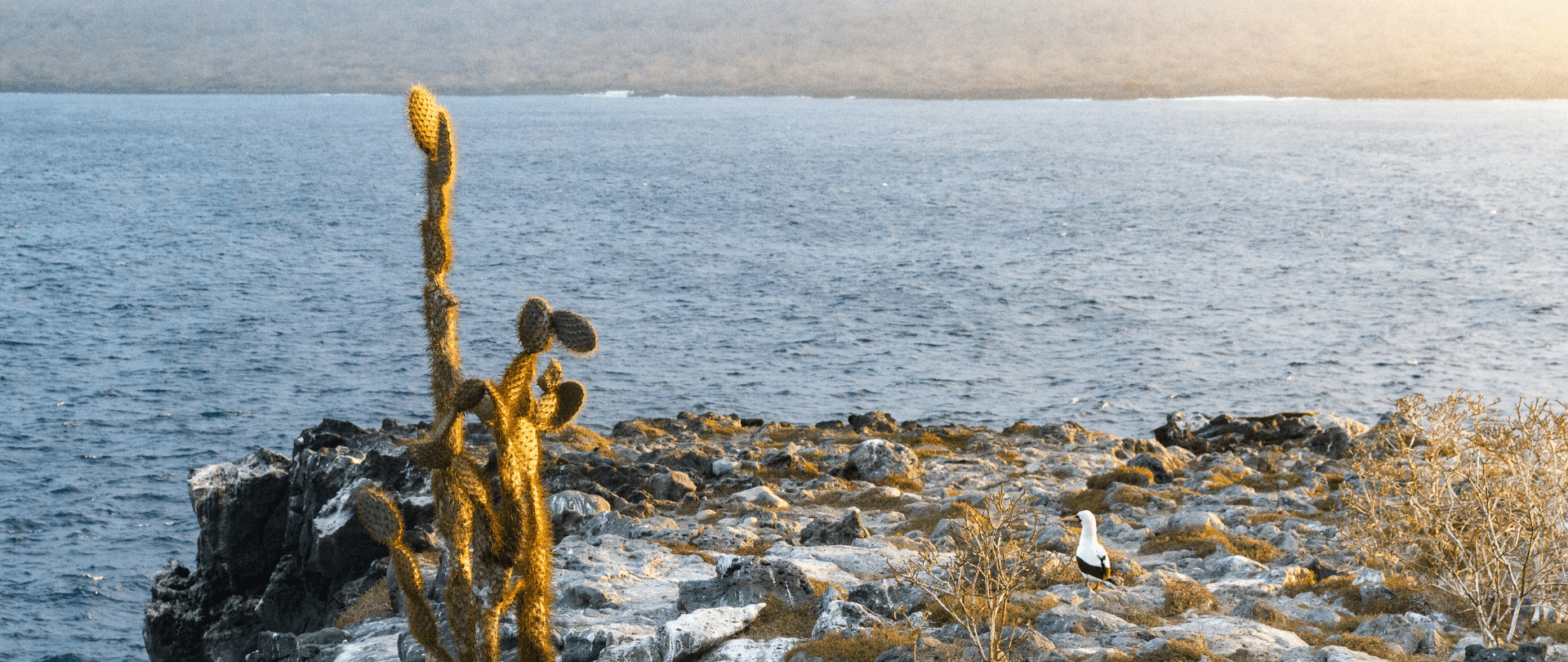
October 10, 2023
Carolina Torres describes how the project to restore and rewild Floreana Island signals hope for a future where people and nature can thrive together in the Galápagos.

November 1, 2017
Some Good News for Caribbean Species: Threatened Iguanas Can Now Safely Breed on Cabritos Island For release on Nov. 1 Contact: Sally Esposito, Island Conservation, sally.esposito@islandconservation.org, (706) 969-2783 Resources: interviews, photos, b-roll footage The Critically Endangered Ricord’s Iguana and the…
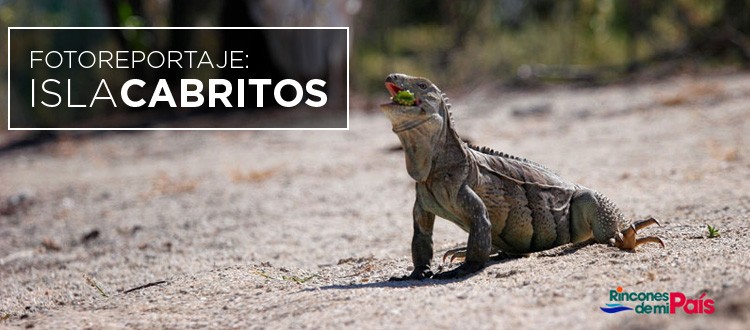
April 26, 2016
Algunas semanas atrás, nuestros amigos, los fotógrafos conservacionistas Timoteo Estévez, Alberto Rojas y José Uribe visitaron Isla Cabritos en República Dominicana con la intención de hacer un fotoreportaje para el sitio web rinconesdemipais.com. El resultado de su visita es un fotoreportaje que…
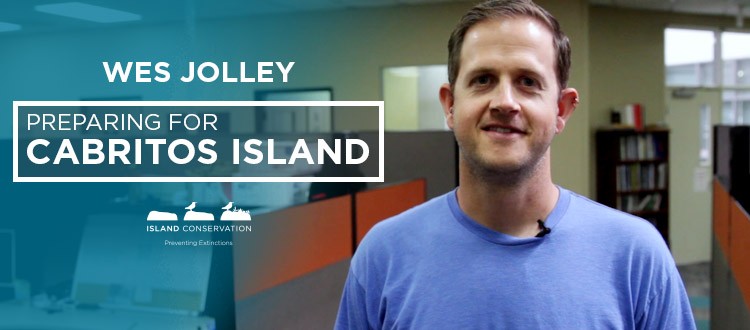
March 30, 2016
Island Conservation is supporting The Dominican Republic’s Ministry of Environment and Natural Resources and SOH Conservation to restore Cabritos Island and protect its native iguanas by removing invasive species.

February 10, 2016
In 2013, we began working to protect the Critically Endangered Ricord’s Iguana and Vulnerable Rhinoceros Iguana by restoring Cabritos Island, Dominican Republic. By removing their primary threat—invasive species—we are providing safe habitat so these iguanas may once again thrive on their island home.…

January 29, 2016
I have to admit, I had a good time making these videos. Time-lapse and interviews are fun, but nothing compares to flying a drone! It took a bit of work to get all the right permissions to fly our small drone on…
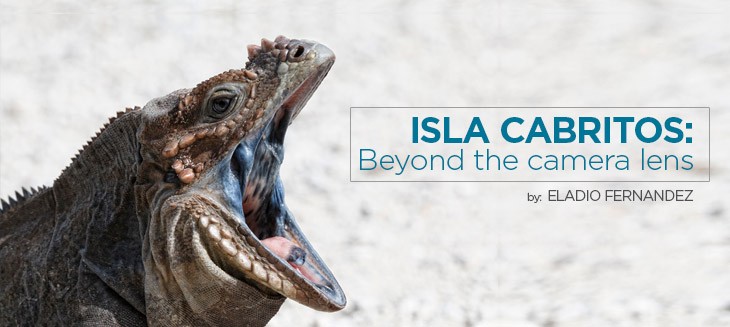
January 27, 2016
By: Eladio Fernandez For a while, I had been hearing great things about Island Conservation’s Isla Cabritos Project. Some of my colleagues and long-time friends in the Dominican Republic couldn’t stop raving about the positive impact on the two iguana…
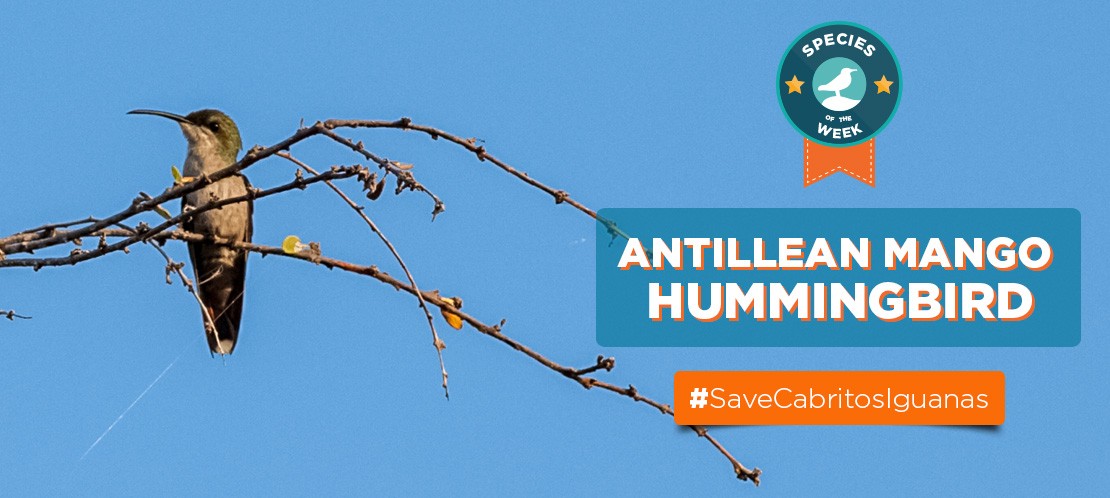
January 20, 2016
Anthracothorax dominicus The Antillean Mango Hummingbird is native to Hispaniola, Puerto Rico, and the Virgin Islands. When the female builds her nest, she lines a cup-shaped structure out of soft, woven plant fibers, animal hair, and feather down, and then strengthens it…

January 12, 2016
Crocodylus acutus (Cover photo by Larry Crovo) The Vulnerable American Crocodile is found in the waters surrounding Cabritos Island. Although these creatures are strong and tough, courtship behaviors, lasting two months, are very gentle. The female will lay 30-60 eggs…